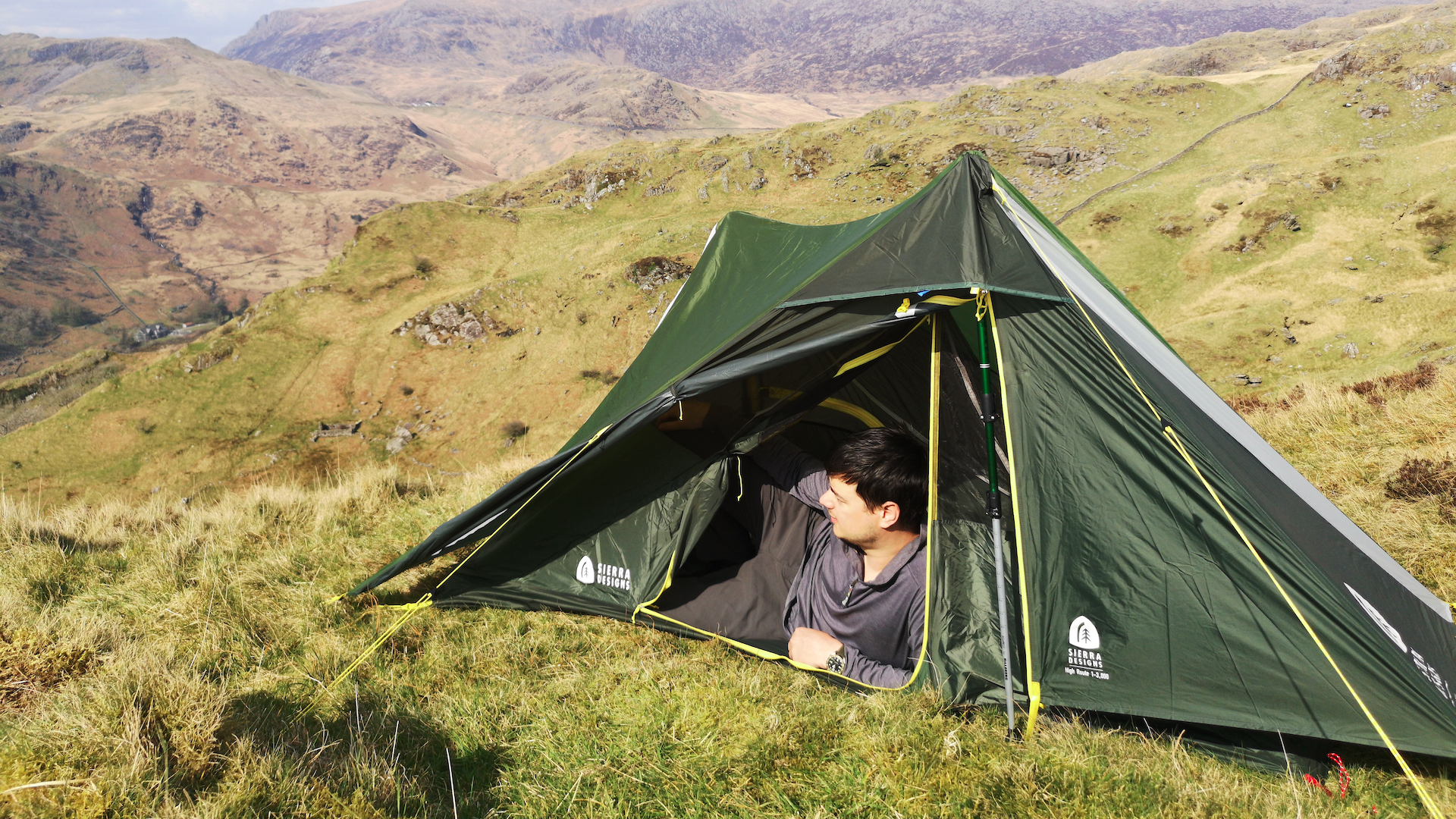
From the super-popular Decathlon Forclaz MT900 trekking pole tent to the Zpacks Plex Solo, claimed to be the world’s lightest shelter, trekking pole tents have been creating quite a buzz in the wild camping space over the last few years.
Just head out into the hills at any time of the year and you’re almost guaranteed to see one somewhere, especially if you’re hiking a long-distance trail like the West Highland Way or the Pacific Crest Trail. But what exactly is a trekking pole tent? And why have they become so popular? Let’s jump in.
Meet the expert
What is a trekking pole tent?
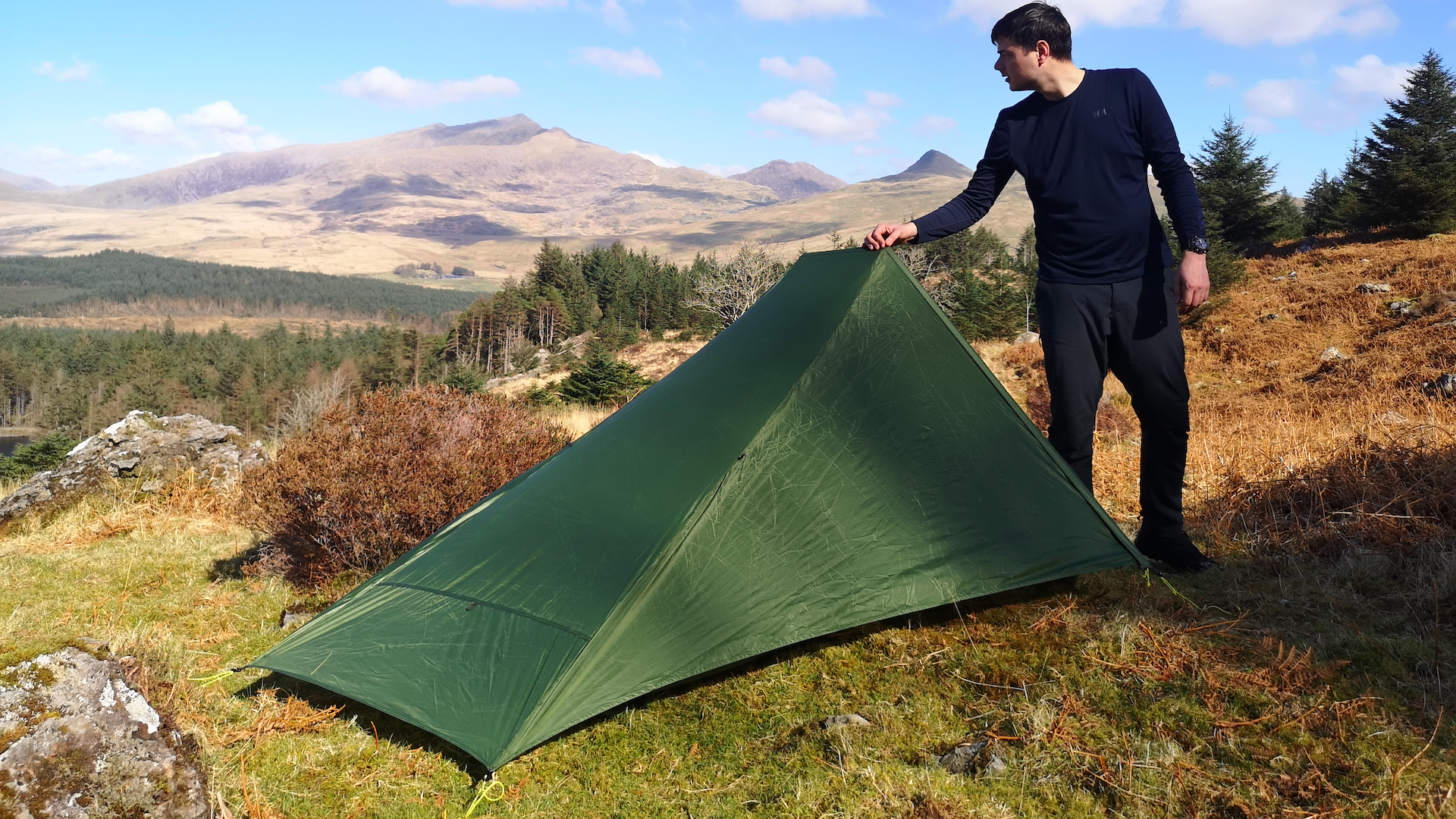
In a nutshell, a trekking pole tent is a tent that you erect using your trekking poles. In that sense, the tent itself is little more than a fly and an inner, with all of the shelter’s structural integrity coming from the trekking poles that you push up underneath the fly and lash out to create tension. The result is a structure that’s remarkably roomy and lightweight, all while being relatively sturdy and small when packed away.
Advantages of trekking pole tents
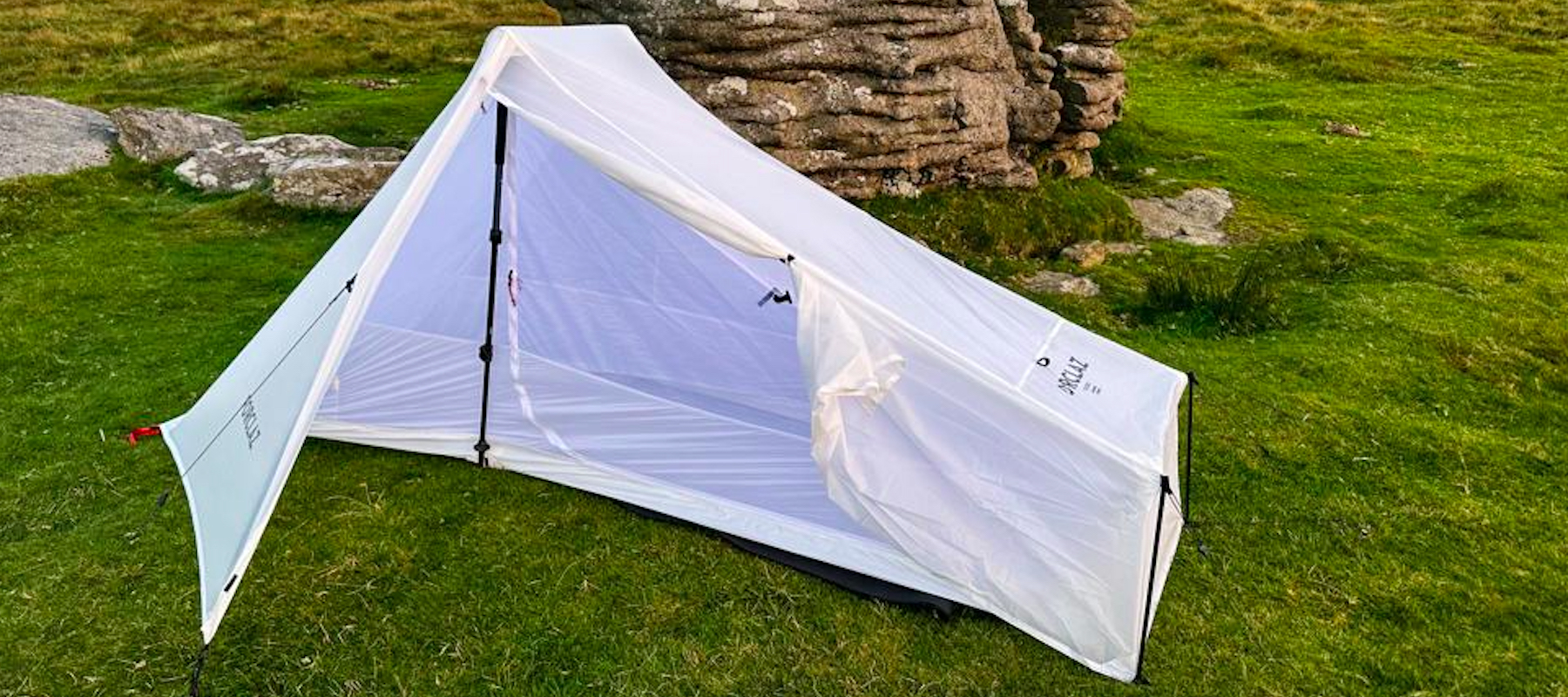
This results in some clear advantages over conventional shelters. Firstly, you can save weight by not having to take extra tent poles with you. The fact that you can utilize an item that you may already use adds extra versatility to your setup, which becomes an attractive option for weight-conscious backpackers.
Take the Forclaz MT900 Trekking Tarp Tent, for example. This popular model weighs in at a super-impressive 920g, which is much lighter than most conventional shelters – especially at the Forclaz’s £120 price point. On the top end of the spectrum, you’ve also got the Zpacks Plex Solo, a tent that calls itself “the lightest in the world”. This trekking pole tent weighs a jaw-dropping 395g and packs down to the size of a grapefruit.
This brings us on to the next advantage of trekking pole tents: packed size. Again, as these tents don’t come with any poles, they pack down much smaller than conventional tents, which allow for easy carrying in your best hiking backpack.
Finally, the internal space of trekking pole tents tends to be drastically larger than conventional tents when you consider their size and weight. For comparison, take the Robens Chaser 1, which is not a trekking pole tent, but a traditional tunnel tent: it weighs just over a kilogram and packs down to about the same size as the Forclaz MT900 Trekking Tarp Tent. Inside, however, despite coming with a vestibule and a little room to move around, the space is decidedly limited – you can’t comfortably sit up (when on a thick sleeping pad) without your head touching the fly sheet, and you have limited space to store kit.
But thanks to the head height of trekking pole tents – which, on average, tends to be around 125cm – space isn’t so limited inside, making them much more comfortable spaces to spend long nights in as a result.
Disadvantages of trekking pole tents
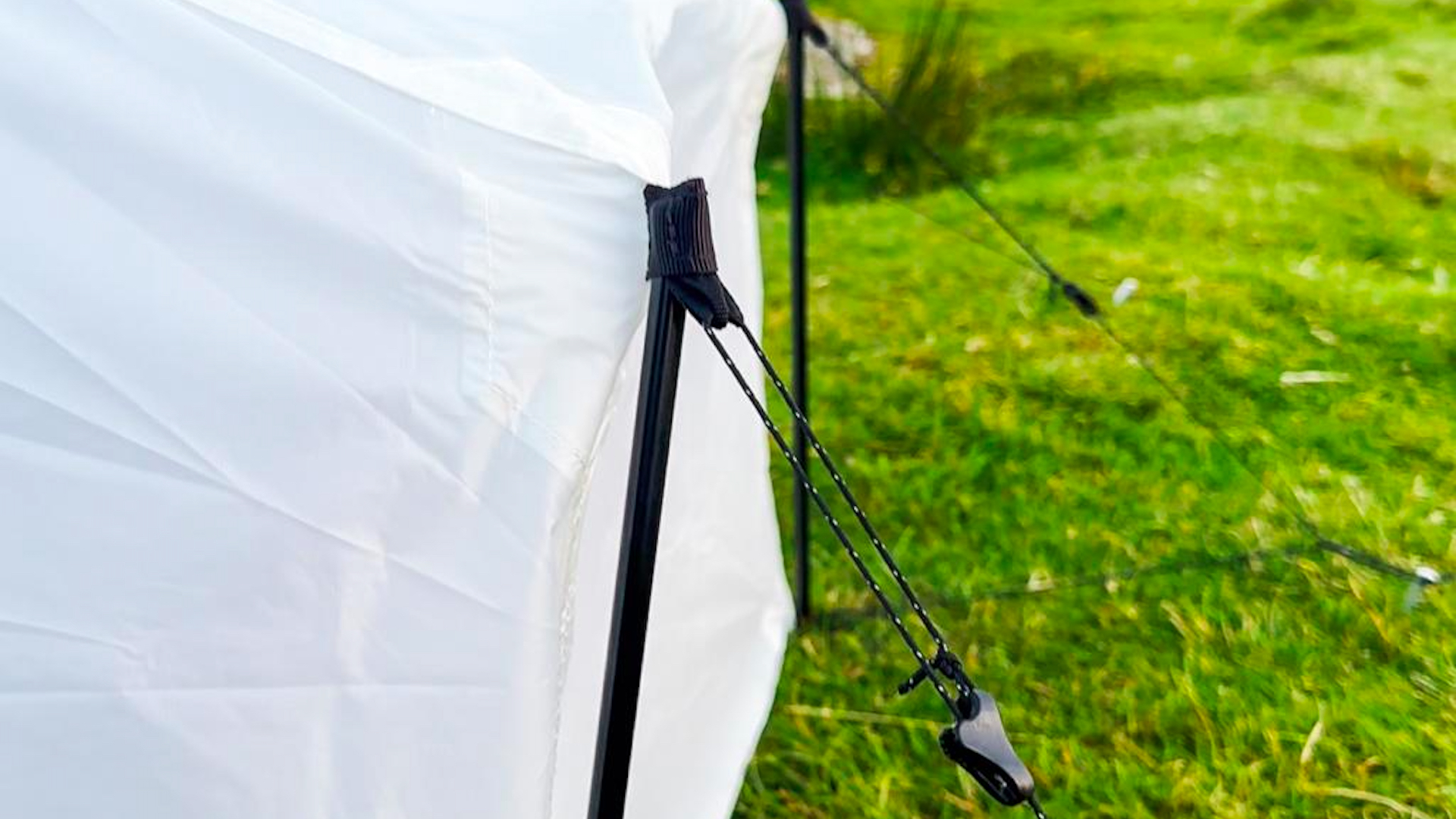
Despite their popularity, trekking pole tents do come with a series of disadvantages versus conventional shelters. The first of which is pretty crucial: you need to use trekking poles.
That means that if you’re the type of hiker, fastpacker or backpacker who uses a pair already, all well and good. But, if you don’t already use trekking poles and are not sure whether you’d be willing to carry them with you every time you head out backpacking, it’d be worth picking up a pair and trying them out in advance. If you end up taking trekking poles with you just to pitch your tent – and don’t actually use them to trek – then the additional weight may mean your otherwise lightweight shelter actually has a higher combined weight than a conventional tent.
The popular Trail Explorer 3 poles from Black Diamond weigh a combined 550g, for example, which means that the 920g Forclaz MT900 Trekking Tarp Tent actually has a combined weight of 1,470g – almost 250g heavier than the aforementioned Robens Chaser 1.
What’s more, trekking pole tents can be notoriously fiddly to pitch. As they’re not freestanding, they rely on tension being applied over the pole(s) for the tent to maintain any structural integrity. In sandy or snowy terrain – or anywhere where you can’t get pegs solidly in the ground – the pitch might be too baggy for the tent to stay up on its own, or it may even collapse at the first sign of wind.
Should I buy a trekking pole tent?
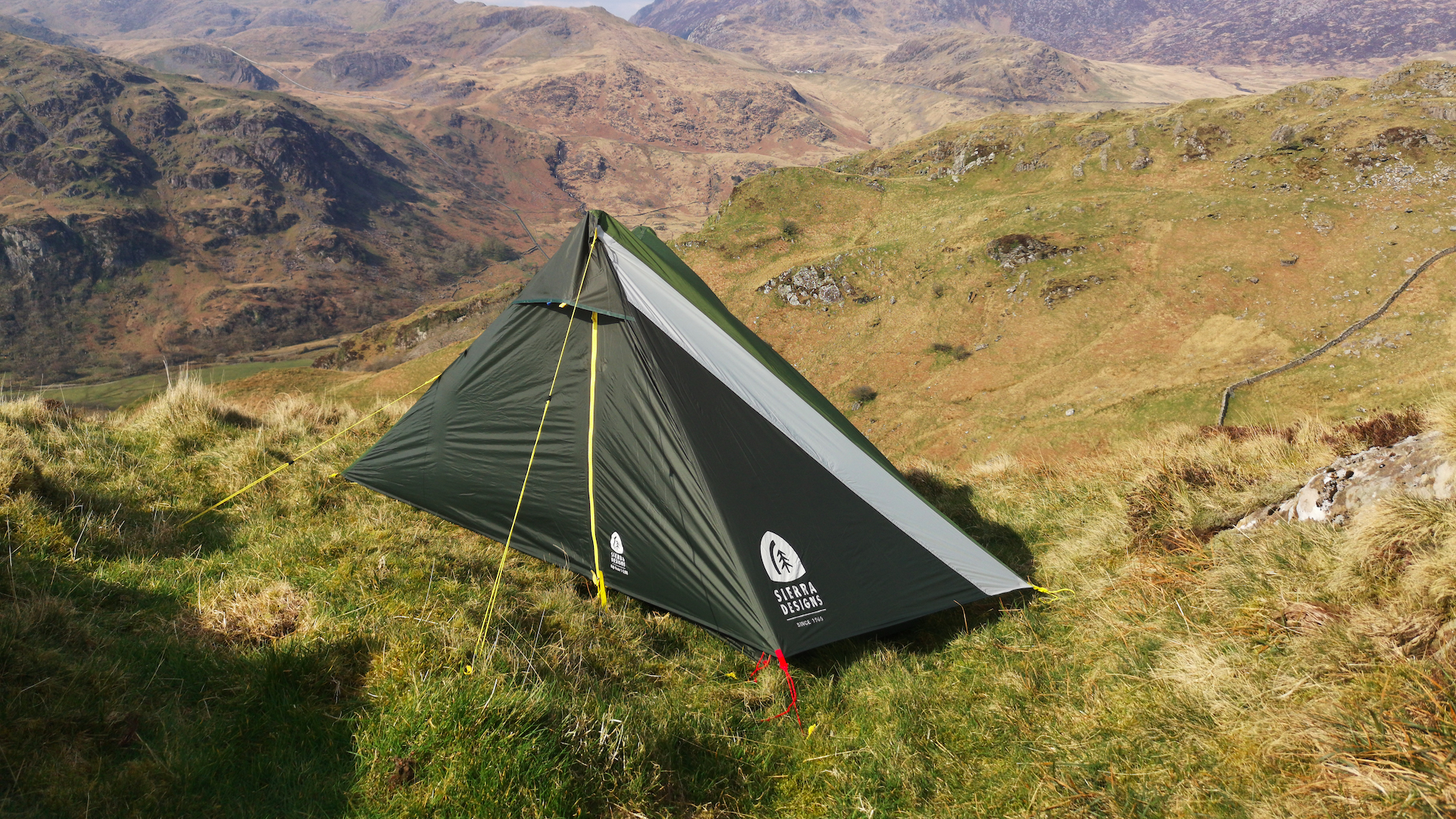
This is the million-dollar question and one that only you can answer. Ultimately, the decision will likely come down to whether you already hike with trekking poles. If you do, then a trekking pole tent could be a game-changer for you: it could add some extra comfort to your sleeping system and give some extra versatility to your poles. But if you don’t, and you don’t intend on committing to hiking with poles, you’re likely better served by going with a conventional tent.







